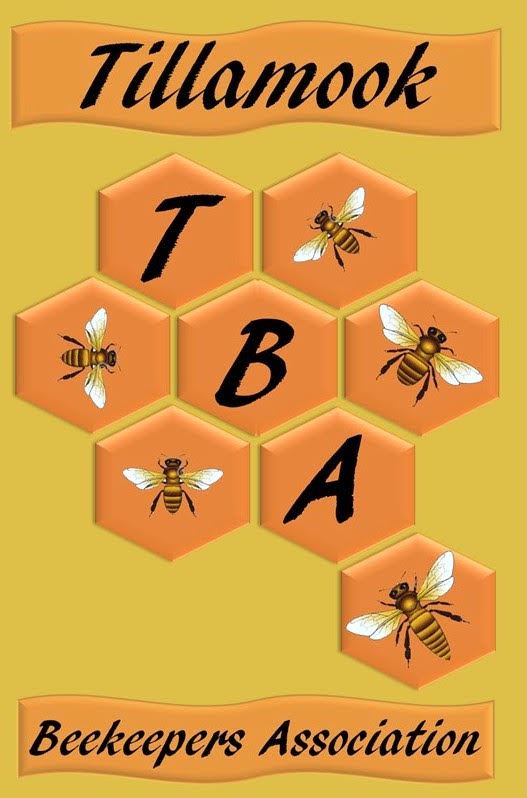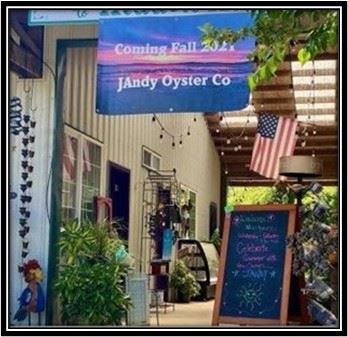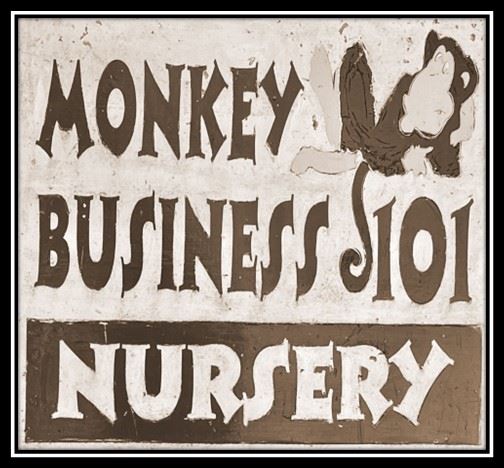Bee Friendly Foraging |
Honey Bee Favorites | A flowering tree has as many blossoms as an acre of flowers. Consider planting bee friendly shrubs and trees. |
This Foraging area of the Website is sponsored by: |
Honey Bees and Flowers
Foraging bees collect pollen, nectar, water and propolis (a sticky tree resin). Only the oldest bees forage. It is their last job before they end their short life (about five weeks in the summer.) All worker bees which includes foragers are female. Pollen is protein. They must have it to feed the larva. No pollen. No bees. Nectar is their carbohydrate. It also has vitamins, minerals, lipids, sterols, and amino acids. The sugar is sucrose, fructose, and/or glucose. Honey keeps them alive.
Favorite colors: Purple, violet, and blue. Next comes white, orange, and yellow.
Nectar guides: They like flowers with multiple colors and patterns. It acts like runway lights.
Fragrance: Adds to the attraction.
Sugar content: Bees know which nectars have the most sugar. So though bees are supposed to like or love certain flowers, they may not go to them if another flower has sweeter nectar. Sugar content varies from 10% to 70%.
Different flowers give off the nectar at different times during the day. Bees are floral constant. On a single flight a bee will only go to one type flower.
Bees will fly up to five miles to find pollen and nectar but the farther they fly the shorter they live.
Believe it or not it takes 2,000,000 trips to flowers to get enough nectar to make one pound of honey. So in terms of helping the bees, planting bee-friendly shrubs or trees has more impact because they have so many more flowers.
You need to know that bees generally have enough nectar from the spring flowering trees and fruit trees. Pollen is most important and they get that in the spring from maples, alders, pussy willows, cottonwoods, etc.
After the spring flowers come the blackberries. In Tillamook that’s their main honey crop. It’s after the blackberries that things go downhill fast.
Although we want to help all pollinators (bumble bees, native bees, butterflies, etc.) we are encouraging you to put emphasis on honey bees. Honey bees are the only pollinator where a large colony of bees has to have enough honey to make it through the winter, usually at least forty pounds. For bumble bees and native bees only the queen lives through the winter.
Search Website:
Please support our loyal Sponsors! Visit their website by clicking on their logos, or simply visit their businesses and thank them for their support of: Tillamook Beekeepers Association. |


